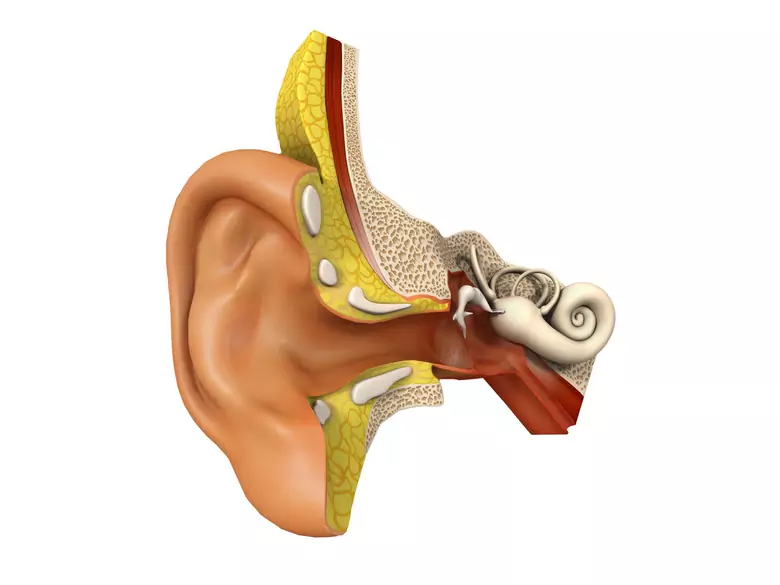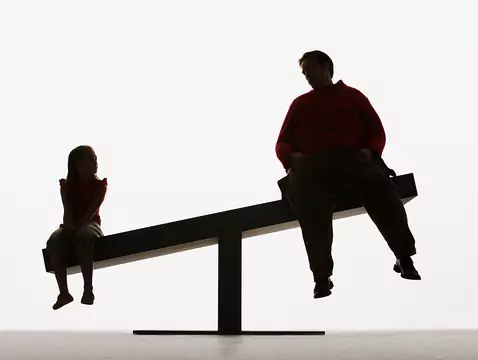Is your child constantly turning down the TV? Do you have to repeat what you say to him because he doesn't respond? Your toddler may be experiencing hearing problems due to an overgrowth of the pharyngeal tonsil.
What will happen in hospital?
"In our hospital, the little patient is admitted to the ward on the day of surgery. He is immediately put under the control of not only an ENT specialist, but also a paediatrician from the Children's Health Clinic. About an hour before the surgery, we give him so-called premedication, i.e. a medicine in syrup, after which he becomes drowsy. We then transport him to the operating theatre. Until he falls asleep, his mum or dad is with him in the operating theatre. We only put in the catheter when the child is asleep, so that he or she does not remember the insertion. The operation lasts between 30 minutes and an hour and is carried out under what is known as general anaesthesia. Afterwards, the baby stays in the recovery room for about two hours and the parent is also there with him or her. He or she then returns to the Clinic and after a few hours of observation, usually the same day, can go home" - Dr Strzembosz describes.
Recovery
The insertion of the ventilation drain does not cause ear pain. The child returns to full strength after the operation quite quickly. He or she is usually given painkillers and sometimes antibiotics in the first 2 days. The child should rest at home for a few days - avoiding
exercise, avoid hot and spicy foods and drink plenty of fluids. In addition, his or her immunity will be lower immediately after the procedure, so he or she will be more vulnerable to infections, which are not difficult to come by in large groups of people, especially at school, nursery or day care.
After the operation, periodic follow-up visits are necessary, especially after the insertion of the drain. A follow-up hearing test is carried out when the airway has completely healed and the inflammatory changes have subsided and, in the case of a ventilation drain, when the drain has fallen out. Drains that do not fall out spontaneously are usually removed after about 12 months. If the child remains under the care of a speech therapist, he or she can return to exercise soon after the end of the first recovery period, i.e. after about 2 weeks.









